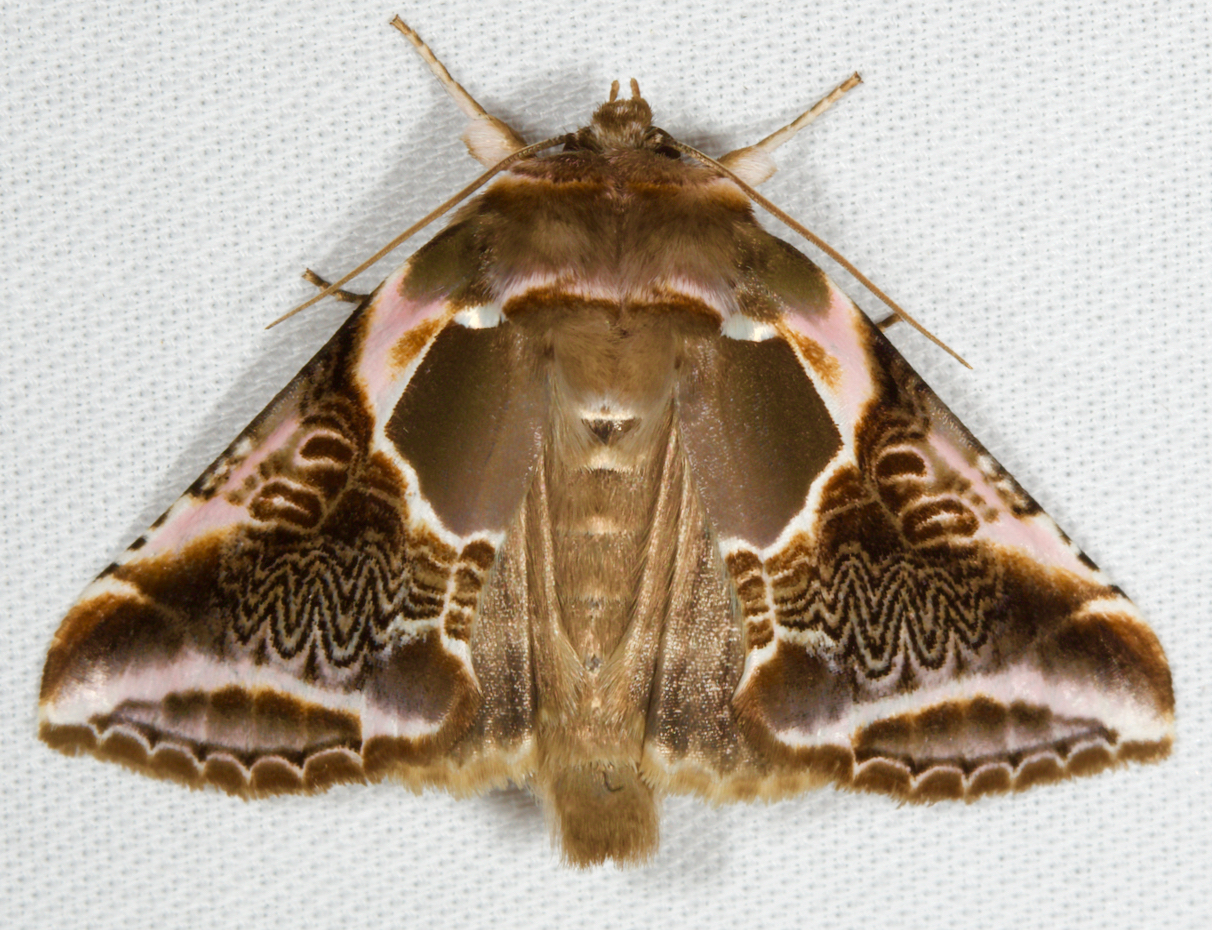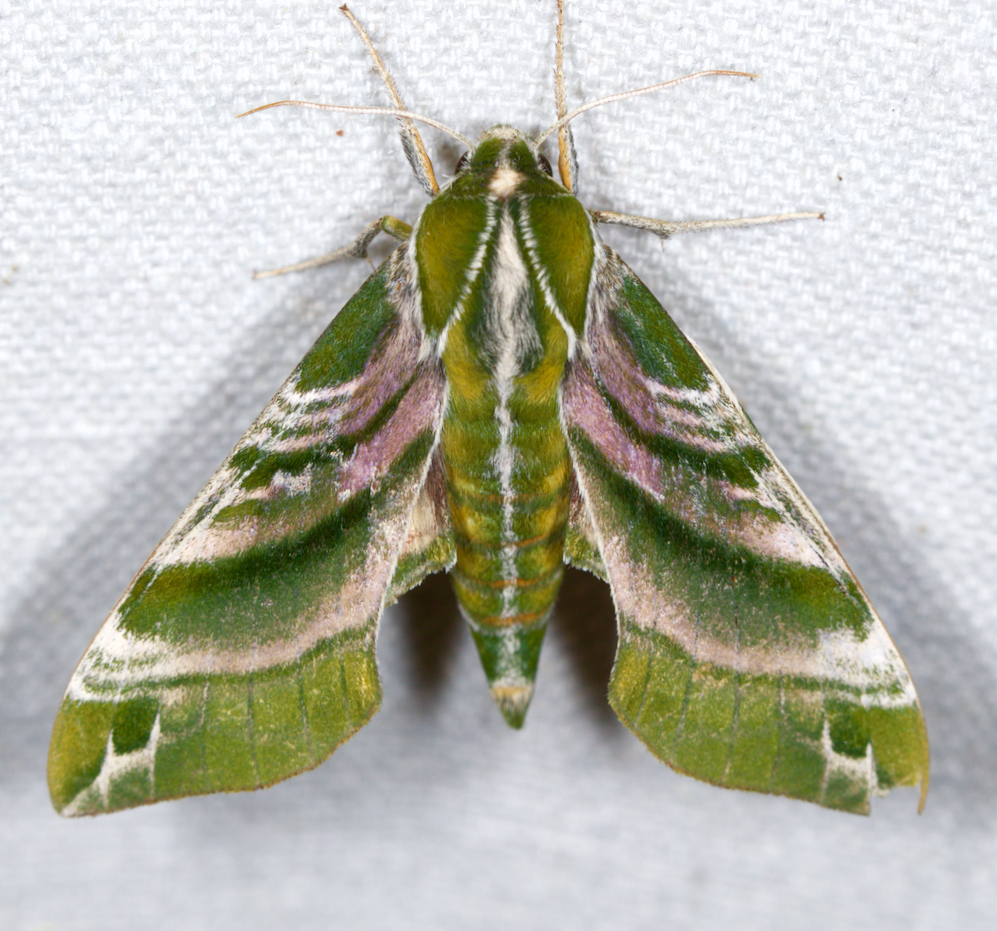Moths
Moths are one of the most important and interesting though least appreciated groups of species that occur in our state. Although far less familiar or valued than butterflies – which are essentially just a small group of day-flying moths – moths have all of the same grace and beauty that people associate with that group but are more than ten times as diverse in terms of species and include an even greater variety of body sizes, shapes, and color patterns.

Together with butterflies, moths are one of the most evolutionarily successful and diverse groups of all organisms – Lepidoptera are second only to beetles in terms of named species. Ecologically, they are among the most important herbivores on the planet: there are more species of plant-feeding Lepidoptera than in any other group of organisms. The lives of Lepidoptera have been particularly intertwined with those of flowering plants, with both groups evolving specializations and counter-specializations to deal with their relationships as predators and prey, as well as complex adaptations related to mutually beneficial partnerships, particularly pollination. Equally important, the evolution of Lepidoptera has been strongly shaped by their own relationships as prey to many other groups of animals. Birds and bats are especially dependent on Lepidoptera.

The Moths of North Carolina website seeks to catalog the incredible diversity of moths in our state, with nearly 3,000 species recorded so far, and new species being continuously added to the list. Our project is a continuation of decades of work by Steve Hall, Bo Sullivan, and others, and in recent years has especially focused on the under-studied micromoths, with important contributions from Jim Petranka and Tracy Feldman.
Our project is dependent on the help of countless citizen scientists, and we encourage the public to submit pictures of moths from across the state.